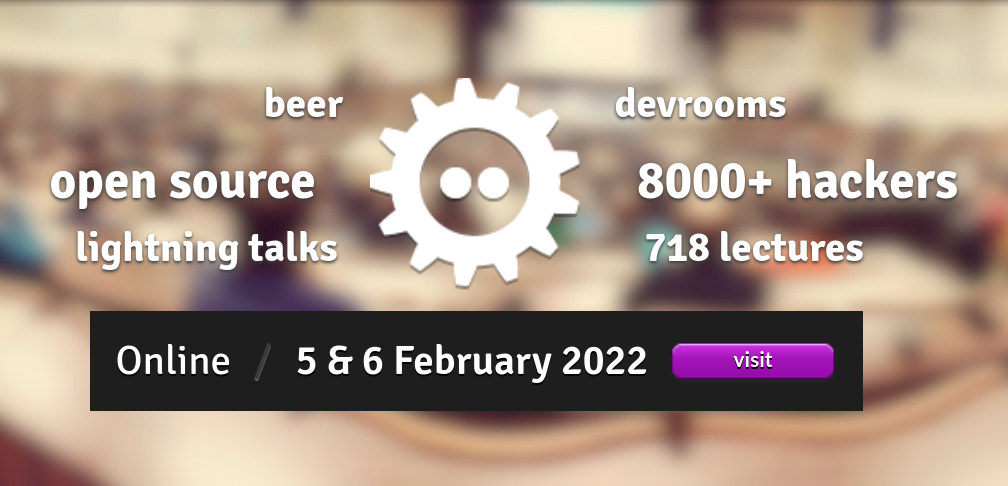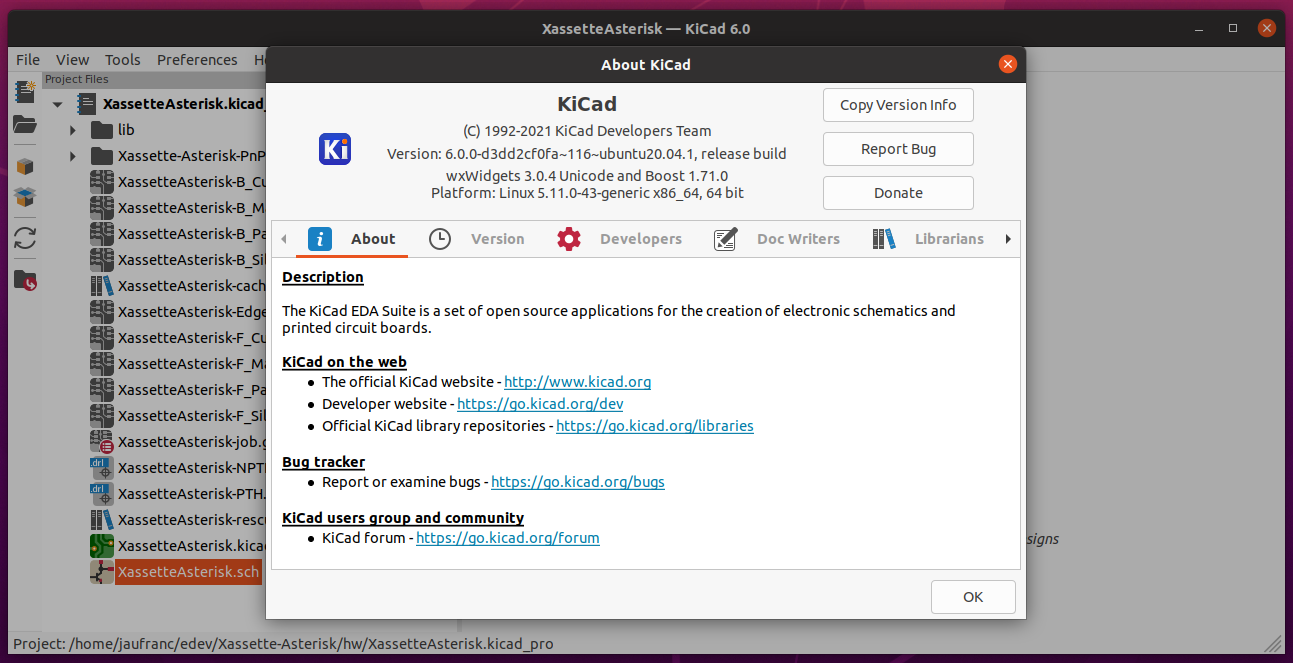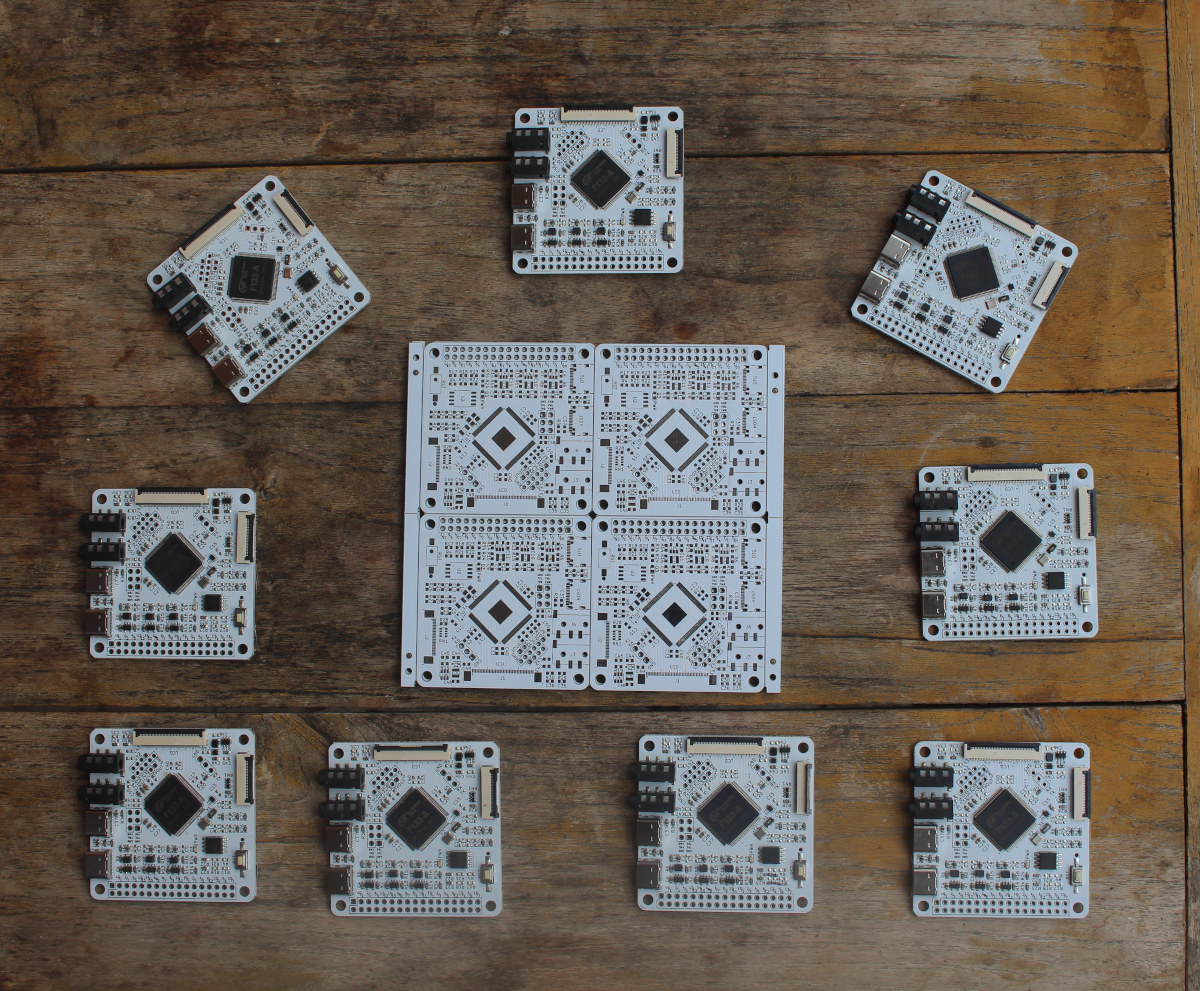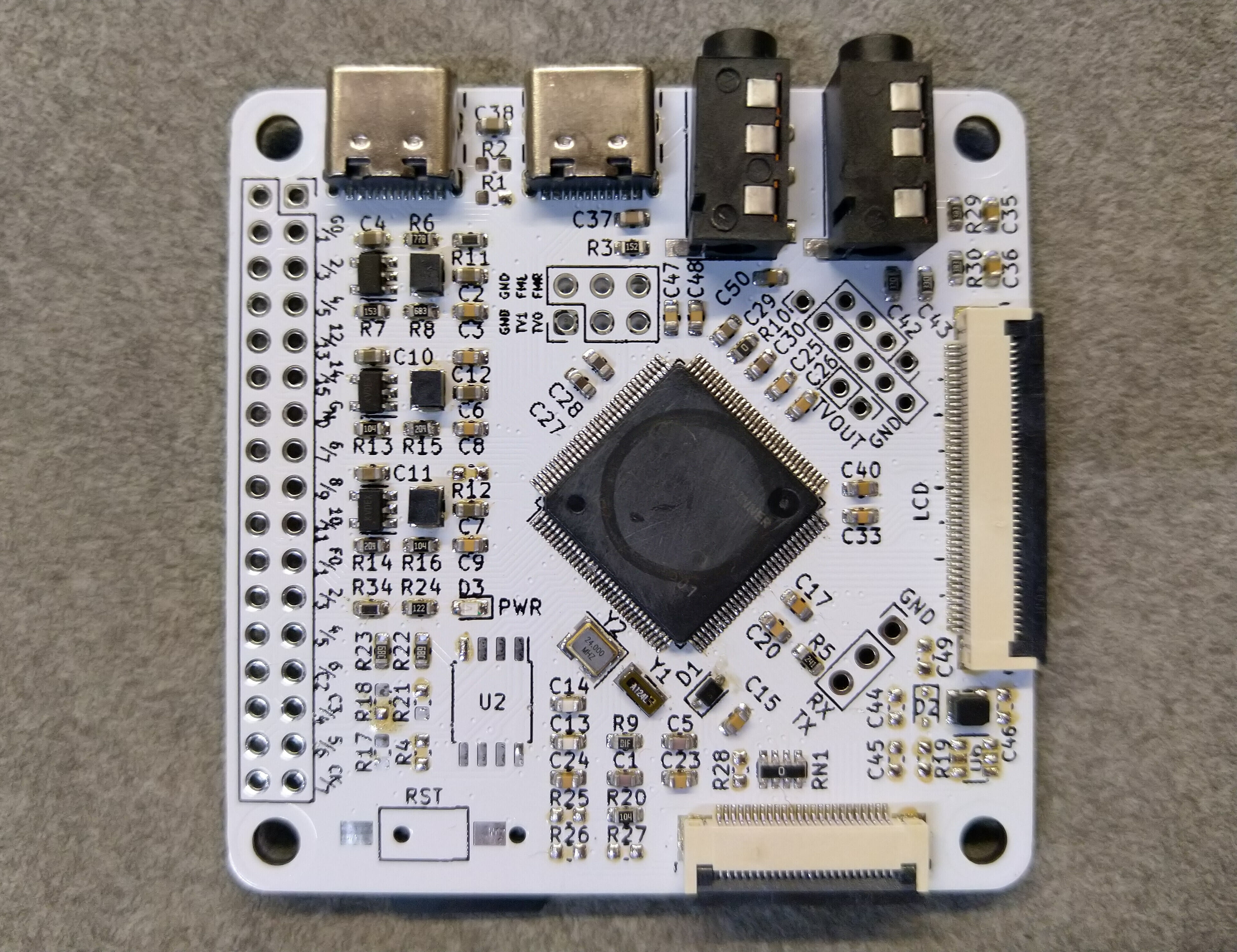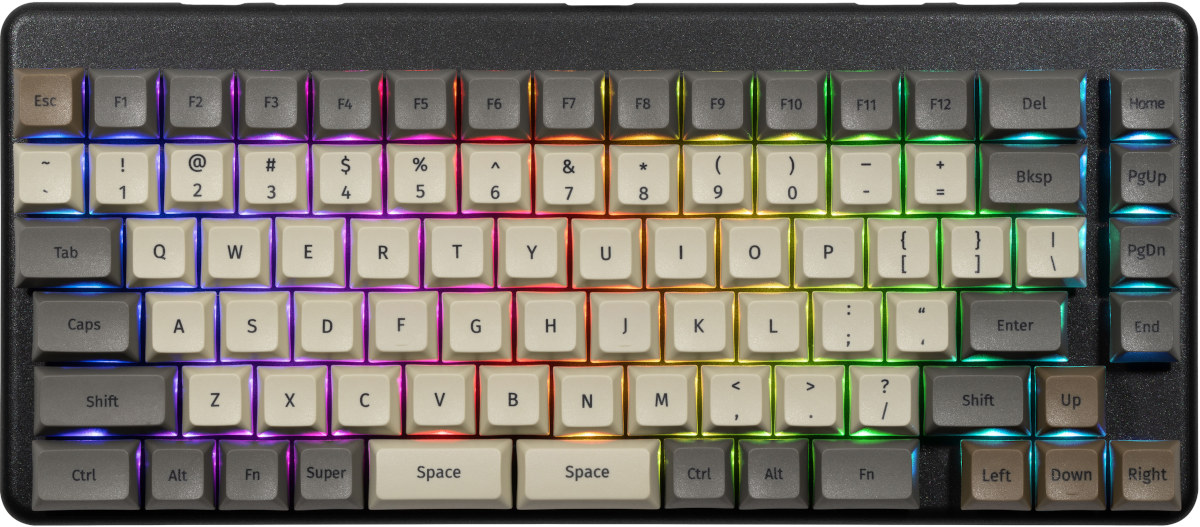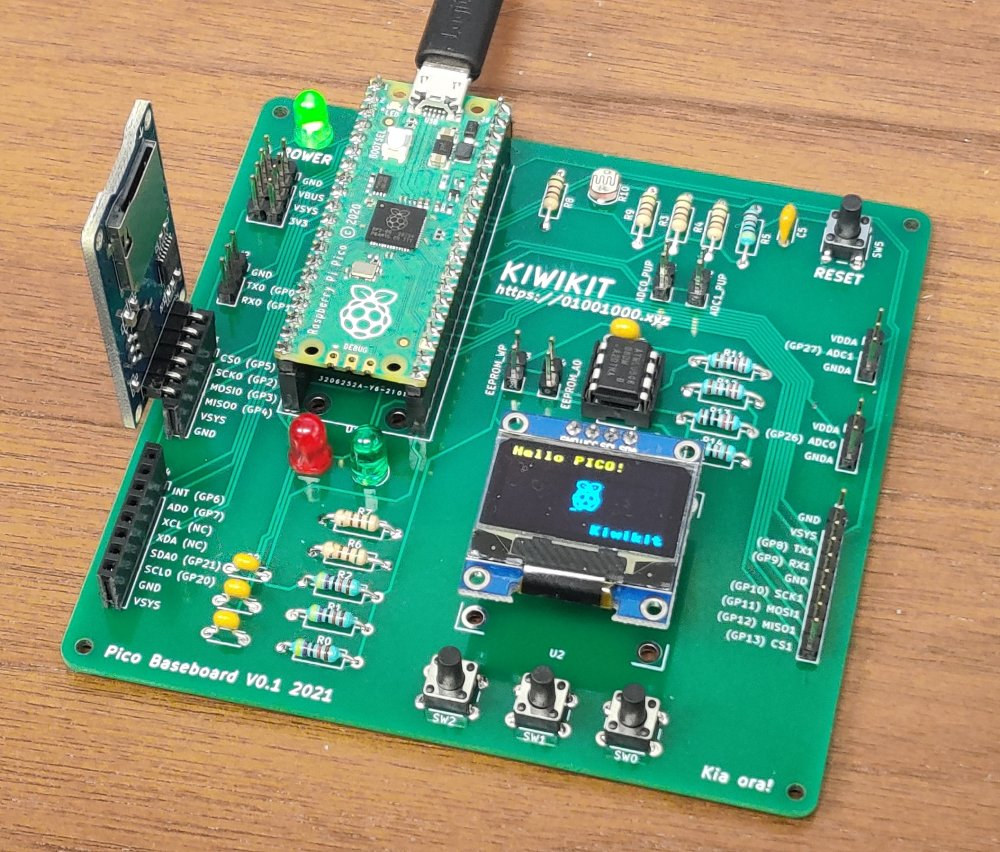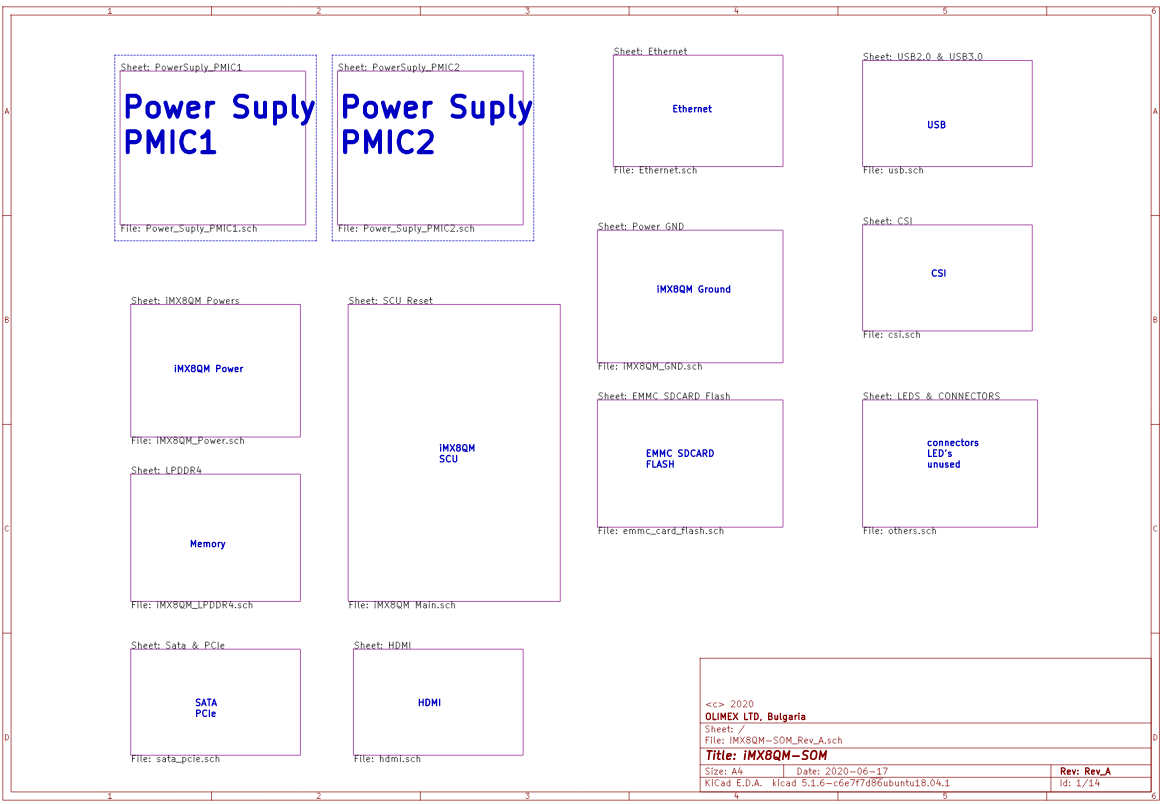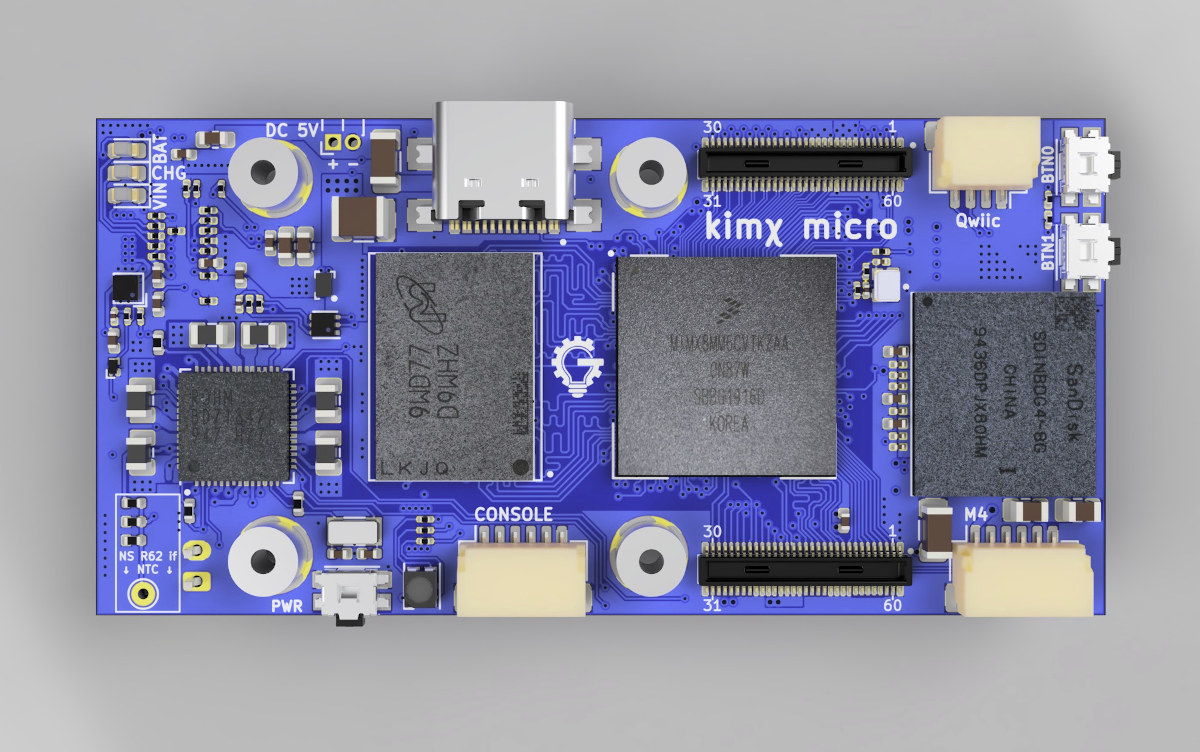While typically taking place in Brussels, Belgium, FOSDEM 2022 will take place online just like FOSDEM 2021 due to COVID-19 restrictions. The good news is that it means anybody can attend it live from anywhere in the world, and makes it more like “FOSDIM”, replacing European with International, in “Free and Open Source Developers’ European Meeting”. FOSDEM 2022 will take place on February 5-6 with 637 speakers, 718 events, and 103 tracks. I’ve made my own little virtual schedule below mostly with sessions from the Embedded, Mobile and Automotive devroom, but also other devrooms including “Computer Aided Modeling and Design”, “FOSS on Mobile Devices”, “Libre-Open VLSI and FPGA”, and others. Saturday, February 5, 2022 12:30 – 13:00 – Five mysteries in Embedded Linux by Josef Holzmayr Once you start out in embedded Linux, there is a lot to do. Some things are obvious, some less so. First and foremost, […]
KiCad 6.0.0 released with revamped user interface, thousands of changes
It took around 3.5 years of development to release KiCad 6.0.0 open-source EDA suite, as the previous major release, KiCad 5.0.0, was introduced in July 2018. KiCad 6.0.0 comes with a refreshed user interface that’s supposed to reduce the barriers of entry for new users and users switching from other design software with notably the schematic and PCB editors now feeling like being from the same program instead of completely different tools. As noted by the developers, it’s difficult to summarize all the changes because of the thousands of updates made between KiCad 5 and KiCad 6, but here are some highlights: Revamped schematic editing with the object selection and manipulation paradigm as the PCB editor, and several new features such as net classes, one-click wire start, intersheet references Brand-new schematic and symbol library file format allowing embedded symbols Redesign of the PCB design tool with new options such as […]
Manufacturing samples of Xassette-Asterisk open-source hardware board
We covered Xassette-Asterisk open source-hardware Allwinner D1s RISC-V Linux SBC last October. But it will most likely never be mass-manufactured since SdtElectronics, the designer, has no resources and time for production. So I thought I should give it a try, and I managed to get 10 boards manufactured and assembled. Time for a little disclaimer. While the post is not sponsored in the sense I did not get paid for it, NextPCB agreed to cover all costs, aka sponsor, and manufacture ten boards. Today, I’ll report my experience manufacturing an open-source hardware board, but I had no time to check whether any of the boards worked. Manufacturing timeline Since I did not want to go through the whole process of ordering the PCB, purchasing the components, and soldering each board individually, I opted for NextPCB’s PCB manufacturing and assembly services. Here’s the detailed timeline: November 9 – Ordered 10 boards […]
Build an open source-hardware Allwinner D1s RISC-V Linux SBC for under $10
We covered Allwinner D1s RISC-V processor with 64MB built-in RAM a few days ago, and we’ve just found out about Xassette-Asterisk, an open-source hardware board based on the processor that runs Linux (OpenWrt) and is said to cost less than $10 to make. This is significantly cheaper than the Allwinner D1 based Nezha RISC-V Linux SBC currently sold for a little over $100, a rather poor value. The cheaper board will not quite have the same applications with just 64 MB RAM and no HDMI, but it could be great for projects requiring a camera and/or a display, audio interfaces, plus some I/Os. Xassette-Asterisk specifications: SoC – Allwinner D1s single-core 64-bit RISC-V processor @ 1.008 GHz with 64MB DDR2 Storage – MicroSD card slot, 32 MBit SPI flash (W25Q32 – U2 on the board) Display I/F – 40-pin LCD connector, 6-pin touch panel interface, backlight power Camera I/F – 24-pin […]
System76 Launch is an open-source hardware, configurable keyboard
System76, the company better known for its Linux laptops, has launched an open-source hardware, configurable keyboard. Meet System76 Launch. The keyboard firmware, schematics, and mechanical files are all open-source. Launch ships with an ANSI US QWERTY layout but can be customized through a configuration program for Windows, Linux, and macOS, and a key puller is included to easily replace/change keycaps as needed. System76 Launch keyboard specifications: Open-source custom PCB Individually addressable RGB LED backlighting N-Key Rollover to detect all keystrokes no matter how many keys are pressed simultaneously Sockets and Switches Kailh MX Hotswap Sockets Kailh Box Jade or Kailh Box Royal Switches Key Caps – PBT plastic, dye sublimated legend, XDA profile Layout – ANSI US QWERTY Integrated USB hub with 2x USB 3.2 Gen 2 Type C (Up to 10 Gbps), 2x USB 3.2 Gen 2 Type A (Up to 10 Gbps) Open-source milled chassis design with detachable […]
Kiwikit Raspberry Pi Pico baseboard takes off-the-shelf modules
While it’s possible to use Raspberry Pi Pico with a breadboard or Veroboard, we’ve seen the benefits of inserting the board into a baseboard such as Maker Pi Pico providing LEDs, a MicroSD card, audio output, and the ability to add ESP-01 WiFi module or well as up to two Grove expansion modules. Hammond Pearce decided to design his own Raspberry Pi Pico baseboard with Kiwikit board supporting some of the off-the-shelf modules and interfaces he commonly uses. Kiwikit key features and specifications Supported module – Raspberry Pi Pico Storage – 8-pin header for AT24C08 EEPROM up to 1KB Display – Connector for I2C SSD1306 OLED display On-board sensor – LDR (light-dependent resistor aka photoresistor) connected over analog input I/Os SPI header working for instance, with SD card modules as shown in the photo above. I2C header compatible with MP-6050 accelerometer/gyroscope modules Header with 2x ADCs with optional pull-ups that […]
Ignitial Tukhla High-End Open Source Hardware NXP i.MX 8QuadMax SBC in the Works
[Update: The European company that initiated the project is Ignitial based in the west of France. So while we refer to the board as Olimex Tukhla in the post, it will be offered as Ignitial Tukhla once it becomes available] Most open-source hardware Arm Linux SBCs are optimized for cost, and there are few higher-end boards with extensive connectivity designed for professionals. Beagleboard X15 would be one of the rare examples currently available on the market, but it was launched five years ago. One European company noticed the void in this market and asked Olimex to develop a high-end open-source Linux board with a well-documented processor. They ruled out RK3399, and instead went Olimex Tukhla SBC will be powered by NXP i.MX 8QuadMax, the top processor of i.MX 8 family with two Cortex-A72 cores, four Cortex-A53 cores, and two real-time Cortex-M4F cores. As you can see from the screenshot above, […]
Raspberry Pi Zero Sized Kimχ Micro SBC is Equipped with a Quad-Core Processor, an mPCIe Slot
The Raspberry Pi Zero (W/WH) board is great because of its size, price tag, and software support, but processing power is limited with Broadcom BCM2735 SoC only offering a single ARM11 core clocked at 1 GHz. There are already some more powerful boards in a similar form factor include Banana Pi M2 Zero or FriendlyELEC NanoPi Duo2 both equipped with an Allwinner quad-core Cortex-A7 processor, but there’s another upcoming board with NXP i.MX 8M Mini quad-core 64-bit Cortex-A53 processor. Meet Kimχ Micro (pronounced Kimchi Micro). Kimχ Micro (preliminary) specifications: SoC – NXP i.MX 8M Mini single to quad-core Cortex-A53 processor @ up to 1.8 GHz, Cortex-M4F real-time core @ up to 400 MHz, Vivante GC NanoUltra 3D GPU + GC320 2D GPU, VPU for 1080p60 video decoding and encoding; (Single and dual-core version of NXP i.MX 8M Mini processor are also compatible) System Memory – 2GB LPDDR4 Storage – 8GB […]


